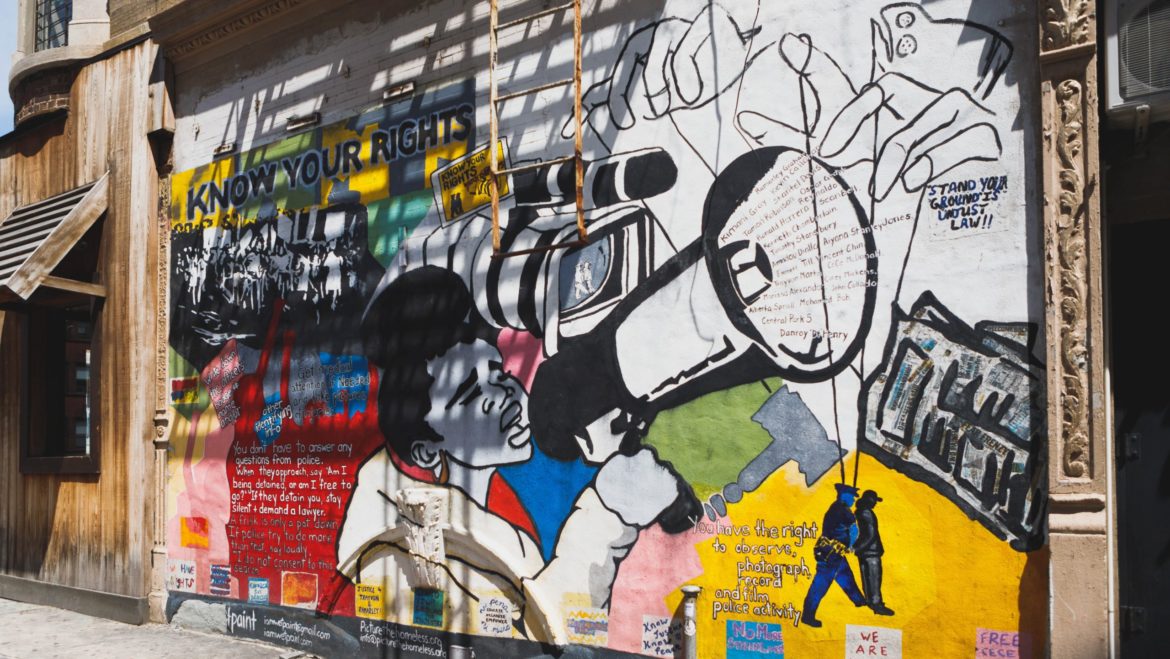
Noelle Marie Nagales
Editorial Letter
| When thinking about the construction of One Hundred Years of Fire, my colleagues and I initially found ourselves struggling with the magazine’s intended purpose, as we became puzzled by our desire to not only find a focused audience but a collective theme that we were seeking to address from it. Through numerous discussions and in our own extensive research however, we finally came to a unanimous consensus. We wanted to create a transformative platform based on three standards: to inform, inspire and entertain. And through One Hundred Years of Fire, essentially create a visual parallel of Harlem’s history or rather—“the Harlem experience.” As one of the authors of One Hundred Years of Fire, I found myself particularly challenged by this task. With fiction being my preferred genre, I found myself delving into unfamiliar waters as my desire to write fiction suddenly shifted to poetry. However, my greatest conflict rested with my own identity (as a writer), as the question of “how do I make my own voice apparent?” suddenly changed to “how do I write about an experience that isn’t my own?” As a writer, I am consistently seeking to maintain the sincerity of my own “voice” by focusing on the things that I know, while at the same time, choosing to continuously educate myself on the things that I don’t. Working my way backwards, I initially discovered my topic by researching the female writers of the Harlem Renaissance (such as Alice Dunbar-Nelson) as I hoped to define, what it meant to be woman writer of that time. However, to my discovery, there was a reflective theme that seemed to present within each of the articles that I read . . . as these women were only considered to be “writers” only until years after the Harlem Renaissance. This factor made me think about the significance of gender within history itself: as race was perceived to be a definitive factor of inclusivity but not gender. In fact, women’s writing was seen as non-universal or non-representative, because of the certain topics that were often discussed (for example, sexuality). This discovery then, became the foundation of my contribution to One Hundred Years of Fire as I began to think about the definitive terms of silence and voice, defining—“what’re the taboos that exist within our own society and how has this idea transcribed for women across time?” |

